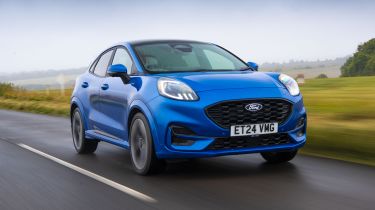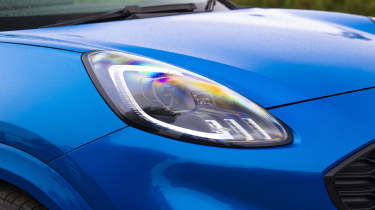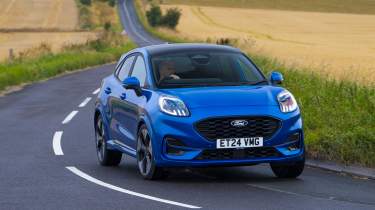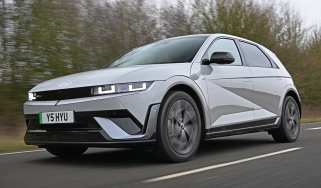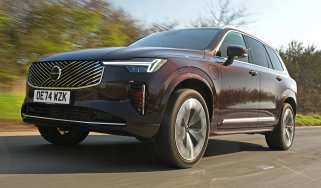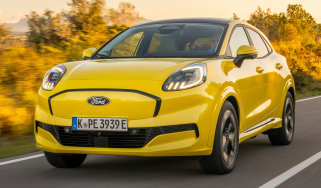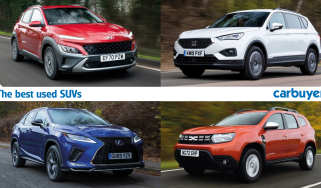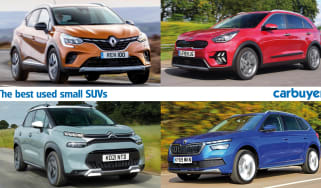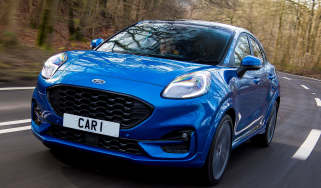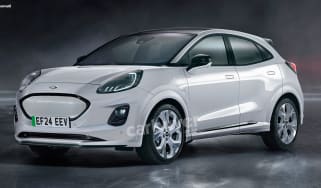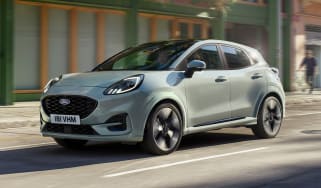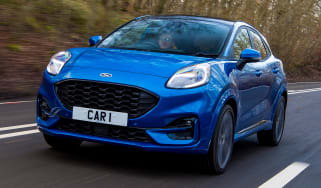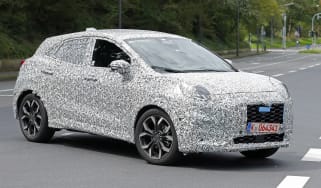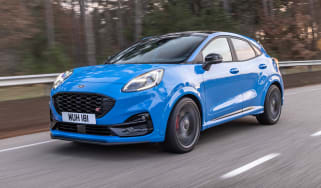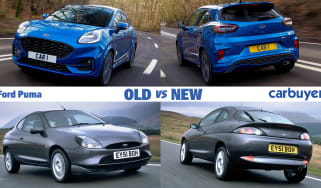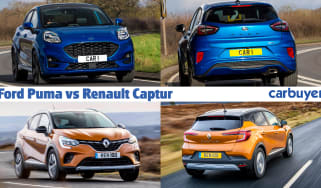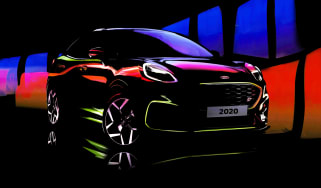Ford Puma review – a fun-to-drive small SUV
"The Ford Puma is the best small SUV to drive and it’s highly rated by its owners"
Pros
- Fun to drive
- Practical
- Good value
Cons
- Polarising looks
- Limited engine choice
- Average warranty
Verdict – is the Ford Puma a good car?
The facelifted Ford Puma isn’t a massive departure from the old model and we expect it to stay as popular as ever. Interior tech has taken a massive leap forward, which is a welcome change, and it handles and drives just as well as it did before. We’d have preferred a greater uplift in cabin material quality, though, and we mourn the loss of the 1.5-litre manual Ford Puma ST halo model as the 1.0-litre automatic version is watered down.
Ford Puma models, specs and alternatives
It’s safe to say that in the years the Ford Puma small SUV has been on sale it’s been a roaring success. The Puma was the best-selling car in the UK in 2023 and is still on track to be the best-seller for 2024 at the half-way point. The Ford Puma is based on the same underpinnings as the Ford Fiesta supermini, which itself was killed off to allow the brand to focus on the small SUV, which seems to have paid off.
Back in the late 1990s, the Ford Puma name was used on another car with Fiesta underpinnings, although that model was a fun-to-drive sporty coupe. While it’s exchanged those sleek sporty looks for the high-riding SUV body style, the good news is that the latest Puma is still great fun to drive, which is its main USP over others in this class. It sits below the Kuga in Ford’s lineup, but while it’s smaller than that car, the Puma boasts a bigger boot than a Ford Focus.
We’ve now driven and tested the facelift version that launched in 2024, and the first thing to note is that there’s very little on the exterior that gives this away as the new version, aside from the Ford logo having been relocated to the centre of the grille, rather than above it on the nose – the grille itself is now slightly larger, too.
There are bigger changes on the inside, though, with a tweaked interior that gets a larger 12.8-inch infotainment screen now running Ford’s SYNC4 system. Like it or not, many of the physical interior buttons have also been relocated to the touch screen, including the climate controls. Happily, though, the software is much quicker and more responsive than before, so using the infotainment is now much less frustrating.
More reviews
One of our gripes with the pre-facelift car was the cabin quality, which came up short compared to that of its major rivals – unfortunately, while the interior layout has been changed, there are still far too many cheap plastics everywhere.
A major shakeup also comes with the discontinuation of the Ford Puma ST as we know it. The most powerful 1.5-litre petrol engine with 197bhp and a six-speed manual gearbox is gone, leaving the 1.0-litre mild-hybrid version with 168bhp and a seven-speed automatic – originally badged the ST Powershift – now becoming the sole ST model.
Most of the same engines have been carried over from the pre-facelift car. They’re now all 1.0-litre EcoBoost mild-hybrid petrol engines with either 123bhp, 153bhp or 168bhp in the Puma ST. The 1.5-litre 197bhp EcoBoost engine from the pre-facelift Puma ST has been killed off, with the former automatic-only ST Powershift now entirely taking its place. That’s a shame, really, because the old ST was one of our favourite hot SUVs with a great six-speed manual gearbox that made driving it lots of fun.
Still, for the standard range the 1.0-litre three cylinder is well suited and sprightly enough in the Puma for most drivers and the mild-hybrid system works well to improve efficiency and take strain off the small engine.
The resulting figures for the standard Puma of around 49-52mpg with CO2 emissions ranging between 121-128-g/km make it affordable to run for private buyers, although company car drivers would be better off considering something like a Renault Captur E-Tech Hybrid, thanks to its low Benefit-in-Kind tax rating. The Puma ST is still very economical when compared to the lower-powered models, with up to 47.1mpg and CO2 emissions of 136g/km – it’s come at the cost of the previous 1.6-litre Puma’s higher performance though.
It might be fairly tall, but Ford's engineers have worked their magic on the Puma's chassis, and it's a good crossover to drive, with a pleasant manual gearbox, nice steering and little body lean. Know-how and some shared parts with the excellent Fiesta help here, and the Puma feels as engaging as many well-sorted hatchbacks.
There’s been some slight streamlining to the Ford Puma lineup, with the previous ST-Vignale trim being cut and leaving just Titanium, ST-Line, ST-Line X and the sporty flagship ST. Titanium starts from £25,800, which makes it thousands of pounds more expensive than a Renault Captur, but we’d say the Puma is well equipped.
Larger in every direction than the Fiesta, the Puma is big enough to steal some Focus sales, and its 456-litre boot is actually a bit bigger and more practical, with a handy washable storage 'MegaBox' liner, adjustable floor and flexible parcel shelf that accommodates tall items. There's also decent room in the back for passengers, although it misses out on the sliding rear bench of the Renault Captur.
Which Is Best?
Cheapest
- Name1.0 EcoBoost Hybrid mHEV Titanium 5dr
- Gearbox typeManual
- RRP£26,350
Most Economical
- Name1.0 EcoBoost Hybrid mHEV Titanium 5dr
- Gearbox typeManual
- RRP£26,350
Fastest
- Name1.0 EcoBoost Hybrid mHEV ST 5dr DCT
- Gearbox typeSemi-auto
- RRP£33,600

